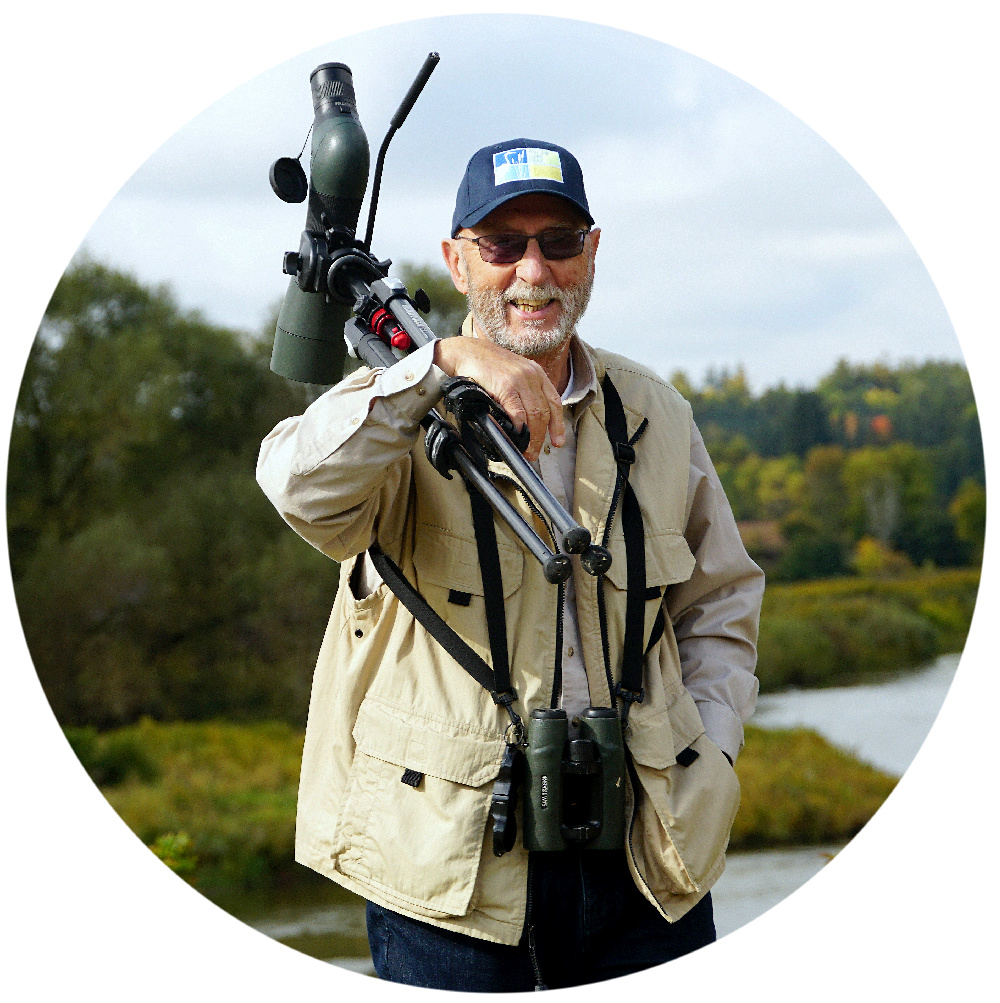On 1 September I ran an outing for Waterloo Region Nature to the DesJardins Canal in Dundas, ON, and to various points on Lake Ontario, and I repeated the same outing for a new group of participants on 25 September.
Leader: David M. Gascoigne
Members: Christine Alexander, Miriam Bauman, Barb Bowman, Jim Bowman, Douglas Brunton, Victoria Ho, Jennifer Leat, Karl Malhotra, Selwyn Tomkun.
Guests: Caroline Cudmore, Sam Cudmore
Jim, Barb, Christine, Victoria, Selwyn, Sam, Caroline, David, Karl, Douglas, Jennifer
Normally I am little inclined to indulge in the narcissism of eternally posting pictures of myself or Miriam, but I am showing below three generations in our family.
David, Caroline, Sam
Caroline is my daughter and Sam my grandson. They both came down from Ottawa to take part in the outing, arriving around 21h:00 the previous night and leaving around lunchtime the next day.
A brief visit!
DesJardins Canal/Urquart Butterfly Garden, Dundas, ON
The signature bird at this time of year is the Black-crowned Night Heron (Nycticorax nycticorax) shown on the sign above. We were not disappointed, sighting the first individual as we drove in.
We saw four adults, all partially hidden in the vegetation, but despite a careful search were unable to find a juvenile.
While we were looking at the night herons a couple of Double-crested Cormorants (Nannopterum auritum) entertained us with diving displays.
For those readers interested in such arcane matters you will note that the scientific name of this species has recently changed.
Pied-billed Grebes (Podilymbus podiceps) can be frustrating for a photographer as they are prone to dive almost as soon as they have surfaced from the previous plunge. Jim Bowman was able to capture a fine picture of this individual.
Common Milkweed (Asclepias syriaca) is now producing seed pods, which will soon burst, dispersing their seed far and wide.
I wonder what attracted this snail to the plant? My knowledge of gastropods is quite limited, but I think this specimen is found in the genus Cepaea. Snails seemed to be everywhere, and as much as possible we avoided stepping on them.
There seems little need to remind you that a Ring-billed Gull (Larus delawarensis) is a handsome bird indeed.
Rock Doves (Columbia livia), aka Feral Pigeons, are interesting birds and much can be learned about avian behaviour by simple observation. You will be following in the footsteps of Charles Darwin, no less.
You may note the bird above has a band on its right leg, probably indicating that it originated in the coop of a pigeon fancier. Perhaps it is a homing pigeon attracted by the lure of the wild and it has joined its free-flying congeners.
Rock Doves present an amazing array of forms and colours following centuries of selective breeding by humans.
I have several times seen people collecting them in buckets, destined for the table I assume. Never having tried this delicacy, I am quite sure I will continue to eschew the pleasure!
They probably evoke little interest from a Belted Kingfisher (Megaceryle alcyon) either.
Jim was in position with his camera to capture a Monarch (Danaus plexippus), perhaps en route to Mexico.
We found a dead Northern Short-tailed Shrew (Blarina brevicauda), but there was no indication as to how it met its demise.
An Eastern Carpenter Bee (Xylocopa virginica) was busy exploiting the flowers on a Butterfly Bush (Buddleia davidii).
An innovative use has been found for discarded Christmas trees. They are piled up to form a barrier to prevent invasive, destructive Asian Carp (actually any one of four species) from penetrating farther into Lake Ontario.
Several Great Egrets (Ardea alba) were present, well photographed by Jim.....
Not surprisingly the rich resources of the wetland also attracted several Great Blue Herons (Ardea herodias).
Several Bald Eagles (Haliaeetus leucocephalus) were present, one of which got into quite a tussle with the Osprey.
(Update: Jen Leat just contributed the following dramatic image of the Bald Eagle and one with the Osprey and the Bald Eagle engaged in their mid morning duel. Thank you Jen.)
A Northern Cardinal (Cardinalis cardinalis) surveyed the scene from a bush.
There were several groups of ducks far off on the opposite shore, some of which were noticeably smaller than Mallards (Anas platyrynchos), but it was really difficult to get enough detail to identify them, and I had left my scope in the car.
Victoria was convinced they were Wood Ducks (Aix spona) and let out a whoop of delight when Miriam's picture validated her claim.
LaSalle Park and Marina, Burlington, ON
It was lunchtime when we arrived at LaSalle and we all enjoyed sitting outside in warm sunshine.
An Eastern Grey Squirrel (Sciurus carolinensis) appeared to be enjoying its lunch too.
Photo Courtesy Jim Bowman
American Coot (Fulica americana) is not common on Lake Ontario, so we were delighted to see this singleton, and Jim obtained a fine picture.
Ring-billed Gull was the most numerous larid present, but there were a few American Herring Gulls (Larus smithsonianus) too.
Photo Courtesy Jim Bowman
A walk along the woodland trail yielded a Hairy Woodpecker (Leuconotopicus villosus).
There was also a nice movement of warblers, flitting around so actively, however, that photographs were almost impossible. The leaves have not yet fallen from the trees making the situation even more difficult. Jim managed a shot of a Blackpoll Warbler (Setophaga striata), not his best work I am sure he would admit, but with enough detail to identify the species.
A Northern Cardinal is much easier to identify, adult or offspring.
There is a decidedly odd duck at LaSalle, probably a hybrid with more than two species in its ancestry. Beyond that I am unable to offer much speculation as to its origins.
Paletta Park, Burlington, ON
There was no bird life at all on the lake, at least none that we could see, but it was a lovely walk alongside the creek.
A Ruby-throated Hummingbird (Archilocus colubris) was incredibly cooperative and posed in the same position for about five minutes.
We heard a Carolina Wren (Thryothorus ludovicianus) singing beautifully, and after a little dogged searching Jim was able to get a decent picture.
There was a movement of warblers busily feeding and moving with lightning speed. Miriam managed this portrait of an American Redstart (Setophaga ruticilla).
Bronte Harbour, Oakville, ON
Our target at Bronte Harbour was Red-necked Grebe (Podiceps grisegena) and two were within a few metres of us as soon as we reached the water.
As you will note there is substantial difference in the bill colour on the two birds above, and the second bird is considerably duller. I am not aware of the reason for this difference, but I suspect it has to do with moult. I will have to hit the books!
In the picture below the size difference between Ring-billed Gull and American Herring Gull is apparent.
An odd duck was present and I am not quite sure what to make of it. It has the look of a Canvasback (Aythya valisineria) but not the colouration, and it would be incredibly early for a Canvasback to be in the region. It is a winter resident on Lake Ontario.
Finally, this sign at the entrance to the restaurant at the harbour is good advice for all of us.











































































